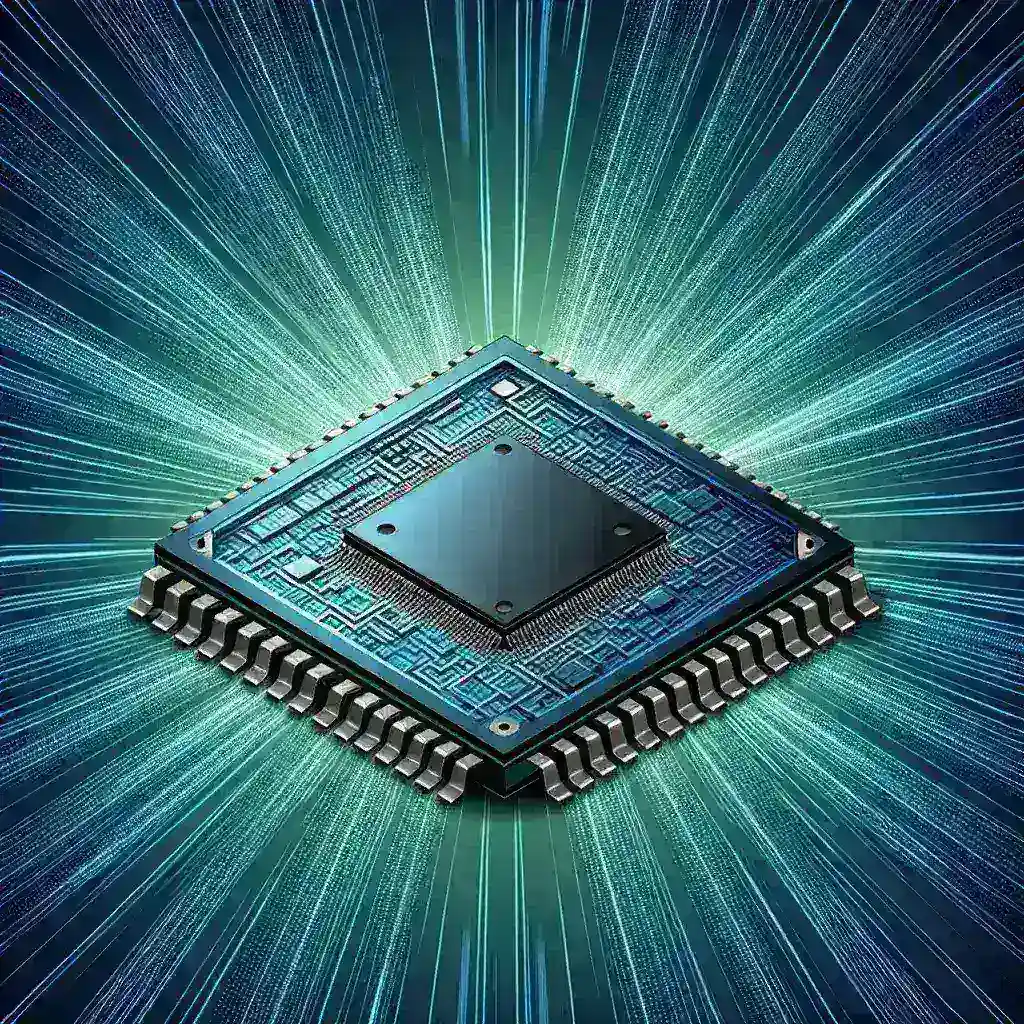Introduction
The tech world is abuzz with the recent sightings of the Exynos 2500 chipset, which reportedly features significant efficiency improvements. As mobile technology continues to evolve, chipset manufacturers are under constant pressure to innovate while enhancing power efficiency. This article delves into the specifics of the Exynos 2500, its enhancements, the implications for mobile devices, and potential impact on the industry.
Historical Context of Exynos Chipsets
Samsung’s Exynos line has been a staple in the smartphone market for years, providing a solid alternative to competitors like Qualcomm’s Snapdragon. Historically, each chipset release has aimed to balance performance with battery efficiency, a challenge that grows more complex with each new generation of mobile applications and services.
Previous Exynos Models
- Exynos 2100: Launched in early 2021, it was the first Exynos chipset to feature a 5nm process technology, which allowed for improved performance and efficiency. The Exynos 2100 was well-received but faced criticism for thermal management and battery life.
- Exynos 2200: Released in early 2022, it introduced AMD’s RDNA 2 architecture, which enhanced graphics performance. Though it provided a leap in graphical capabilities, power efficiency remained a concern in high-performance scenarios.
What’s New in the Exynos 2500?
The Exynos 2500 is reported to leverage advanced manufacturing techniques and architectural changes designed to enhance both performance and power consumption. Here are some notable features:
1. Advanced Semiconductor Technology
One of the key improvements in the Exynos 2500 lies in its fabrication process. Samsung is rumored to have utilized a 4nm process technology, which offers better efficiency compared to the previous 5nm tech used in earlier models. This smaller node size allows for increased transistor density, which in turn enhances performance while reducing power consumption.
2. Enhanced GPU Performance
The Exynos 2500 is expected to come equipped with an upgraded GPU that not only improves graphics rendering but does so with greater energy efficiency. This is particularly significant for gaming and multimedia applications, where power consumption can spike dramatically.
3. AI and Machine Learning Enhancements
Another critical aspect of the Exynos 2500 is its dedicated AI processing unit (APU). With machine learning becoming integral to app functionalities—from camera enhancements to voice recognition—an efficient APU can dramatically reduce the workload on the main processor, leading to overall better battery performance.
4. Integrated 5G Capabilities
5G technology is a cornerstone of modern mobile devices. The Exynos 2500 is expected to feature an integrated 5G modem, which not only supports faster data rates but also includes optimizations that improve battery life during extended usage.
Efficiency Improvements Explained
The efficiency improvements in the Exynos 2500 are not just numbers on paper; they translate into real-world benefits for users. Here’s how:
1. Better Battery Life
With advancements in both hardware and software optimizations, users can expect longer battery life. This means less frequent charging and a more reliable device during critical times.
2. Reduced Heat Generation
Improved thermal management techniques used in the Exynos 2500 can lead to less heat generation during intense tasks. This not only enhances comfort during usage but also prolongs the lifespan of the device.
3. Smooth Multitasking Experience
The optimized CPU and APU integration can handle multiple tasks seamlessly without lag, providing a smooth user experience regardless of the application load.
Future Predictions and Industry Implications
As the Exynos 2500 moves towards its official launch, industry experts are keenly observing its potential impact on the smartphone market. Here are some predictions:
1. Increased Adoption by OEMs
Should the Exynos 2500 deliver on its promises, it could see wider adoption among smartphone manufacturers, particularly in regions where Samsung’s influence is strongest. This could lead to more competitive pricing and options for consumers.
2. Pressure on Competitors
With the growing efficiency and performance metrics of the Exynos 2500, competitors like Qualcomm may need to accelerate their own innovations to keep pace, which could result in a tech arms race focused on efficiency.
3. Shift Towards Sustainability
As consumer awareness around sustainability grows, chipsets like the Exynos 2500 that prioritize energy efficiency could lead the charge in making smartphones more eco-friendly.
Pros and Cons of Exynos 2500
As with any technology, the Exynos 2500 has its advantages and disadvantages:
Pros:
- Improved energy efficiency, leading to longer battery life.
- Enhanced graphical capabilities for gaming and multimedia.
- Integrated AI features that boost performance.
Cons:
- Potential software optimization issues at launch.
- Market perception challenges due to historical performance.
- Competition from established alternatives.
Step-by-Step Guide to Understanding the Exynos 2500
Step 1: Research the Specifications
Before diving into the chipset’s features, familiarize yourself with its specifications. Look for details on the manufacturing process, CPU architecture, GPU capabilities, and AI integration.
Step 2: Analyze Real-World Performance
Once the chipset is released, pay attention to performance benchmarks and reviews from reputable tech sources to see how it performs in practical applications.
Step 3: Compare with Other Chipsets
To fully understand the Exynos 2500’s capabilities, compare it with other chipsets available in the market. This can provide insights into its competitive standing.
Step 4: Assess Long-Term Viability
Consider how the Exynos 2500 aligns with future technology trends, such as AI and 5G, to determine its longevity in the market.
Conclusion
The Exynos 2500 represents a significant step forward in Samsung’s chipset development, focusing on efficiency improvements that promise to enhance user experience without compromising performance. As this chipset is set to hit the market, both consumers and industry experts are keenly awaiting its performance. With its anticipated benefits, the Exynos 2500 could pave the way for a new era of mobile devices that prioritize efficiency and sustainability.
Final Thoughts
As we look towards a future where technology improves our daily lives, innovations like the Exynos 2500 hold the potential to transform how we interact with our devices. The ongoing evolution of mobile chipsets signifies not just advancements in the tech industry, but a commitment to creating a more efficient and sustainable world.

